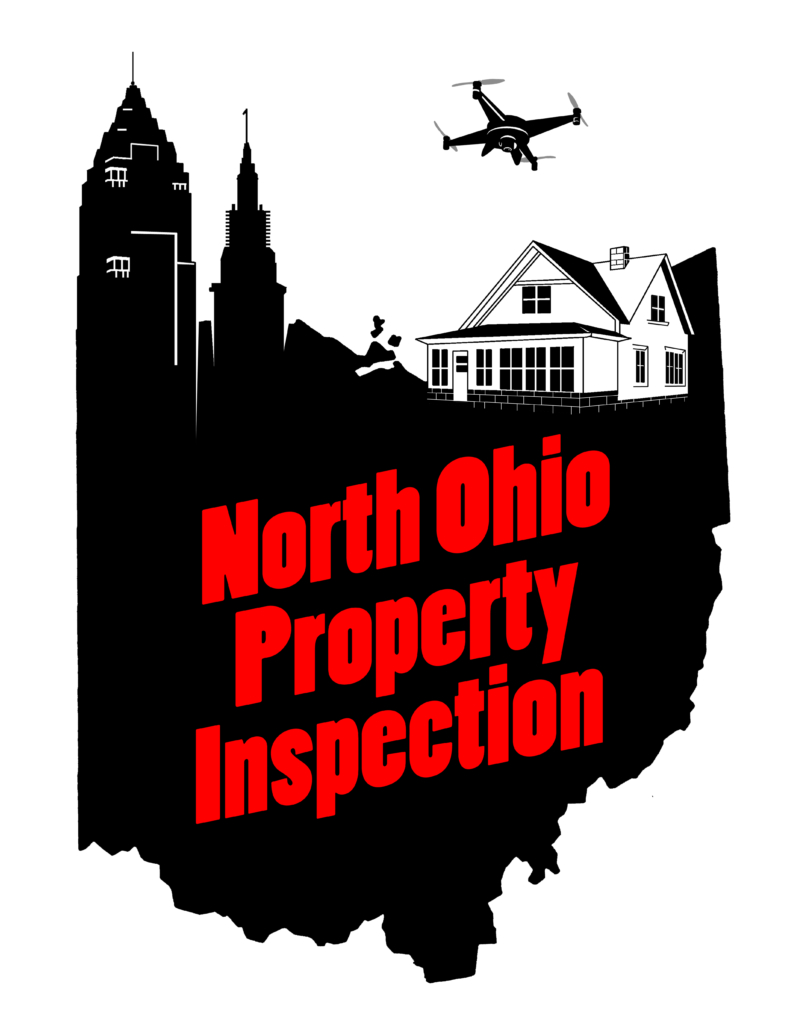Lead Clearance & Risk Assessment
Lead Risk Assessment
- An initial visual assessment to determine the condition of the property and make suggestions to remedy prior to actual risk assessment.
- Risk Assessment and report including dust samples collected from the property and analysis by an EPA certified lab.
- Upload of the report to the City of Cleveland portal.
Lead Clearance
Lead Clearance is a post-remediation verification process that ensures a property is safe for reoccupancy after lead abatement or renovation work. It involves a visual inspection to confirm proper cleanup, followed by dust wipe sampling on floors, windowsills, and other surfaces to test for residual lead. These samples are analyzed in an accredited laboratory, and if lead levels meet EPA/HUD clearance standards, a clearance report is issued certifying the area as lead-safe. This service is essential for contractors performing lead abatement, property owners complying with lead disclosure laws, and schools or public housing authorities ensuring regulatory compliance and occupant safety.

